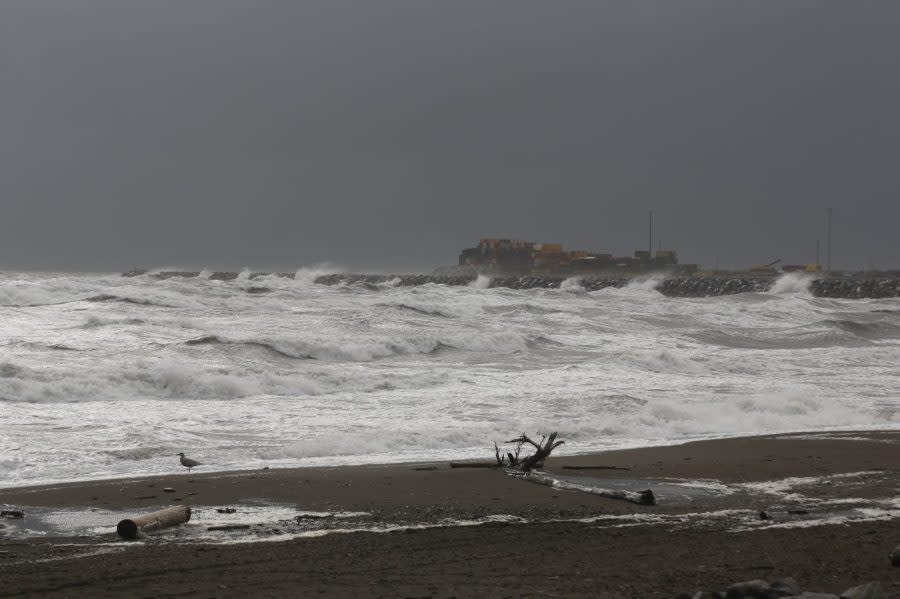Study: Greenhouse gas ‘tipping points’ preceded major earlier warming events

Multiple periods of extreme warming in the earth’s past followed “tipping points” involving the release of greenhouse gases, according to research published in the journal Science Advances.
Researchers from Wageningen University & Research and Utrecht University, in the Netherlands, analyzed three periods of rapid warming between 56 million and 52 million years ago. They found that each of these periods was preceded by a climate tipping point, described by the United Nations’ Intergovernmental Panel on Climate Change as “a critical threshold beyond which a system reorganizes, often abruptly and/or irreversibly.”
The earth contains numerous reservoirs of carbon and other greenhouse gases that, if weakened or destabilized, can trigger leaks and chain reactions upon introduction to the atmosphere. The warming caused by the release can destabilize other reservoirs, resulting in a feedback loop.
The warming periods in question were already known to have coincided with the mass release into the atmosphere of gases like methane and carbon dioxide, but the data in the analysis is the first to draw a straight line between decreased stability in the climate system and those warming periods.
“This is exactly what you would expect to see if release of carbon was caused by a carbon cycle tipping point,” lead author Shruti Setty, a Ph.D. candidate at Wageningen University & Research, said in a statement.
The study follows another, published last December in Nature Climate Change, indicating that current levels of global warming could possibly trigger climate tipping points. The study indicated that even if temperatures are stabilized or lowered, systems have a 50 percent chance of collapse once temperatures surpass 4 degrees Celsius.
Researchers found full avoidance of such a scenario would only be possible if global heating was kept below 1 degree Celsius above pre-industrial levels, while levels currently stand at 1.2 degrees above the pre-industrial point.
For the latest news, weather, sports, and streaming video, head to The Hill.

